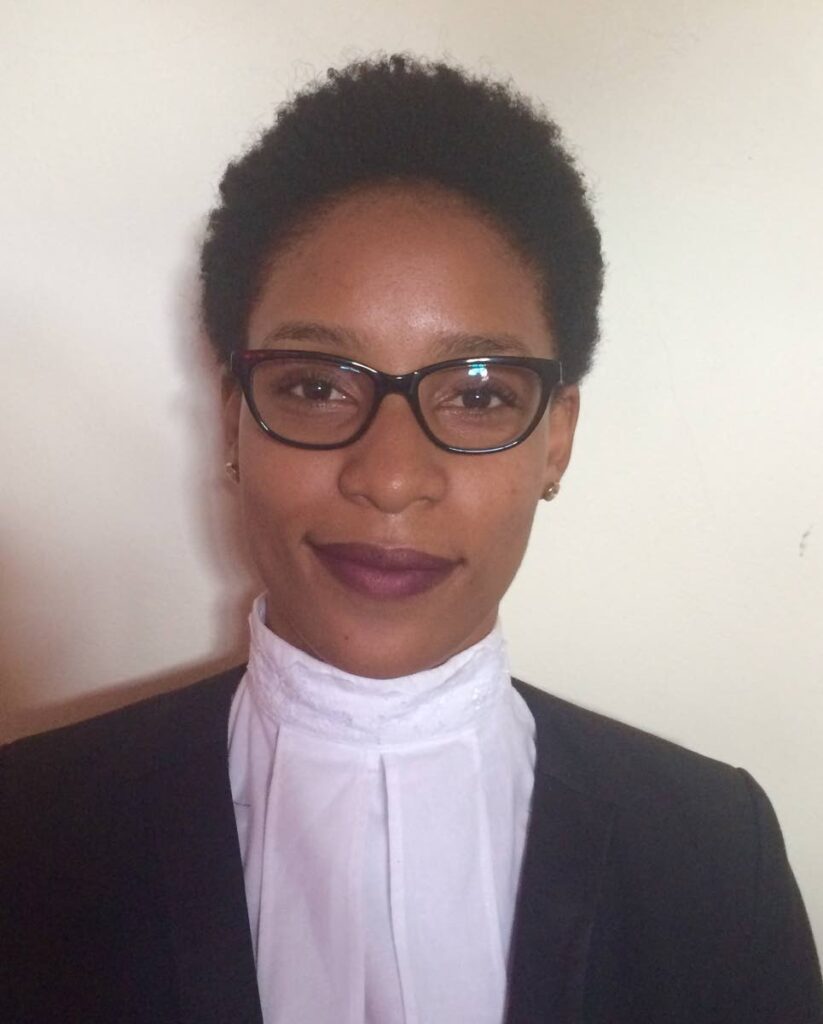Views from the bar: Dealing with the dead

As morbid as it is to think about, let alone openly discuss, death is a reality that we all, at some point in time, must face. And like most things in life, the pervasive nature of law affects us even in death, for there are rules and regulations that govern our demise and dictate what can and can't be done.
When someone dies, a number of procedures must be followed with respect to how the body is handled and the processes that ought to be adopted thereafter. In many ways, these guidelines are used to maintain public decency, and others vary in intent in accordance with the circumstances of one's death.
Burial laws and policies in most jurisdictions have been crafted with the public's health and safety in mind and codifying customs practised for generations.
Historically, in Christian countries, burial was a responsibility of the established church and was provided for in churchyards, usually found adjacent to the parish church. Population growth and the development of urban areas saw the development of public cemeteries. These fall under the purview of local governments or authorities, while commercial burial companies maintain private burial grounds.
In TT, the Burial Ground Act Chapter 30:50 governs burial grounds and sets prescribed regulations for the management and proper functioning of these sites.
Section 2 of the act deals with unlicensed burial grounds and the penalty for using a space of this nature for burial. The section states that it shall not be lawful to bury the dead in any place not being a licensed burial ground, and any person who buries anybody, or in any way acts or assists in the burial of any body, in any place not being a licensed burial ground, is liable to a fine of one thousand dollars.
In addition to public burial grounds, the act enables the existence of private burial grounds once a licence is obtained. Section 3 (2) follows that the minister may license any parcel of land as a private burial ground which any person may desire to set apart for use as a private burial ground.
Have you heard of the six-feet-under euphemism?
Often accorded with the end of life, this saying is derived from the general principle found in most jurisdictions that graves must be six-feet deep from the ordinary level of the ground. Though this principle has been codified in many countries and is part of our local regulations, a school of thought suggests there is no real basis for this principle. In fact, there are a number of states in the US with only a two-feet grave depth requirement.
Yet of all the possible reasoning for this requirement, (besides ensuring the safety of gravediggers, the prevention of the spread of disease is of utmost importance. Section 7 of the Public Burial Ground Regulation states that no coffin shall be buried in any unwalled grave within six feet of the ordinary level of the ground unless it contains the body of a child under 12 years, when it shall not be less than four feet below that level.
Since the end of the 19th century, cremation has increasingly superseded burials. A number of religions utilise the practice of cremations; some believe that, in many ways, it is more environmentally friendly than the latter.
The Cremation Act Chapter 30:51 governs and provides regulations for cremations in Trinidad and Tobago. Section 6 of the act states that no person shall burn any human remains on a pyre or in a crematorium unless he is in possession of a valid permit or licence to do so obtained in accordance with regulations made under the act.
Recently, academic discussions on burial practices which focused on environmentally friendly resting grounds for the dead have sparked the growing desire for what is known as conservation cemeteries. Green burials, as it is sometimes called, emphasise handling the dead in eco-friendly ways.
Often seen as an unconventional end-of-life option, this new-age method seeks to incorporate the use of the natural environment in a non-intrusive manner that grants peace to loved ones and isn't harmful to the environment. Green burials utilise eco-friendly containers which consist of untreated wood or shrouds without cremating or embalming. Additionally, headstones aren't used and identifying markers such as trees and small stones naturally found in the environment are used to mark graves.
In the US, approximately four million gallons of embalming fluid and 64,000 tons of steel are placed into the ground yearly, along with 1.6 million tons of concrete. Experts believe that green burials would drastically reduce the potential dangers posed by burials as we know them and would also reduce the cost associated with maintaining burial sites.
Both in life and death, we are governed by the law. And as when we are in the land of the living, protecting our rights and, by extension, society as a whole is at the core of these principles.


Comments
"Views from the bar: Dealing with the dead"